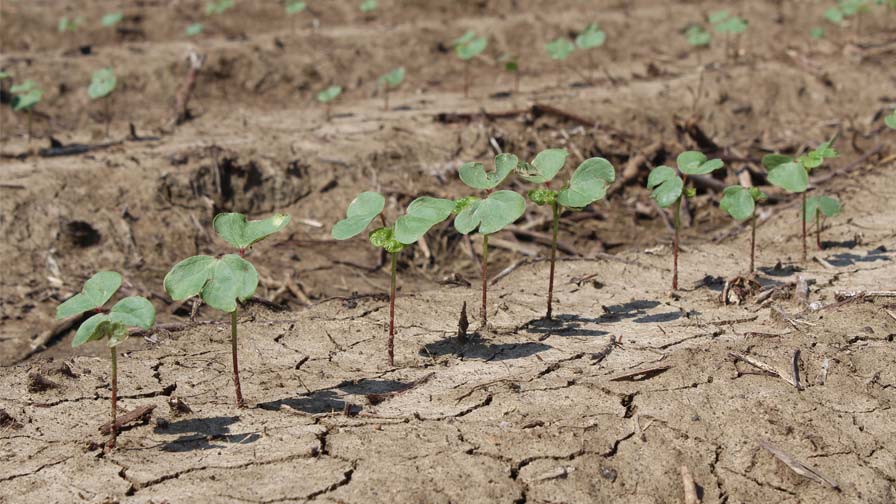2011 ANNUAL PREVIEW: Ability to Adapt Gives Brazilian Growers an Edge
When I received the invitation to write this article, my first decision was to wait until the last moment (one day before the deadline) because things change very fast these days. If this is “a whole new game,” the name of that game is: high volatility!
We face a new environment and the industry needs to prepare itself. Producers have to be more efficient as they strive for higher yields and lower costs. The textile industry, trading companies, banks, governments … We all have to be more efficient to face those rapid changes. Our ship has to be stronger to support the trip because the waves on this ocean are bigger than the ones we’re accustomed to facing. Make sure your business is prepared to face a new journey, fasten your seatbelts and enjoy the ride!
Brazilian producers are already in a good position because they always respond rapidly to different types of environments. In 2007/08, Brazil harvested a record crop of 1.6 million tons of cotton. The two consecutive crops after that, however, were much smaller, coming in at 1.2 million tons and 1.1 million tons, respectively.
Part of the reason for the decline is the fact that Brazilian producers have the flexibility and tools to change from growing cotton to growing grains (and vice-versa) from one year to the next. They are not only efficient with switching crops, but also with finding different ways to control costs.
For example, they use short-cycle seed technology; plant in narrow rows in different regions to reduce the costs of chemicals and fertilizers; double-crop cotton on a large scale to maximize the return of their land given the weather risks; and share other techniques among themselves. By talking to different growers that plant anywhere from 500 hectares to nearly 100,000 hectares of cotton. It is an advantage that gives the Brazilian farmer, most of whom plant between 500 hectares and 100,000 hectares of cotton, a level of flexibility that can’t be matched in most other parts of the world.
You can read the rest of this article and dozens of others when the 2011 Cotton International Annual Edition is published. Be sure to watch for it in your mailbox in January 2011!








